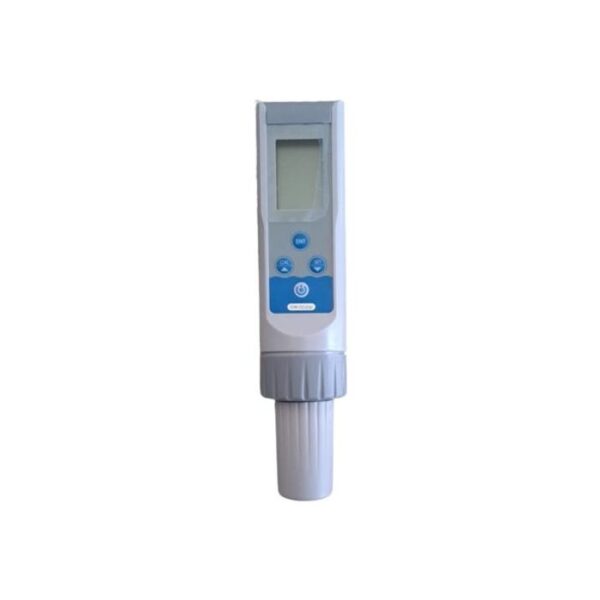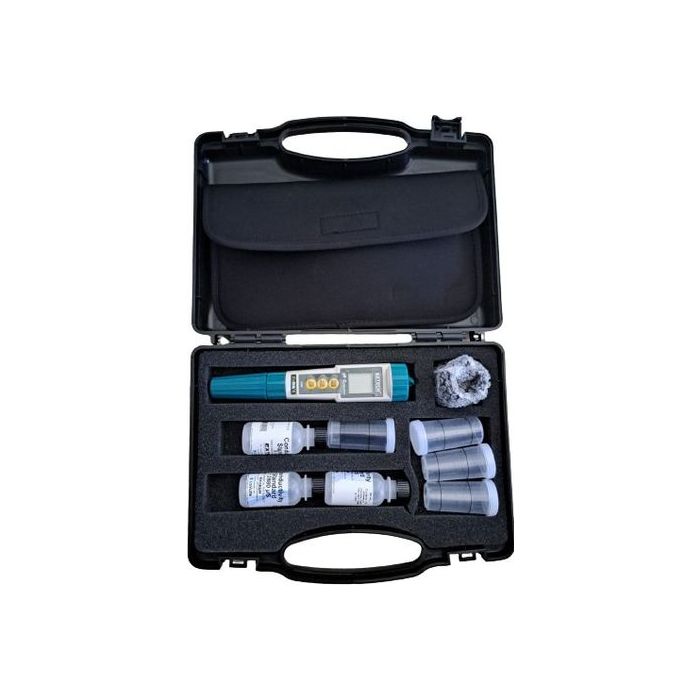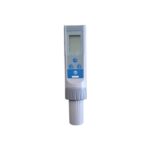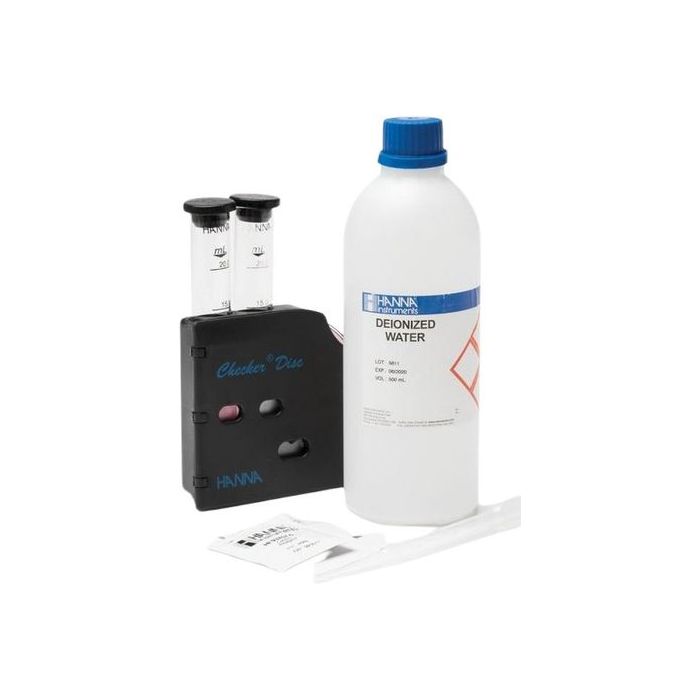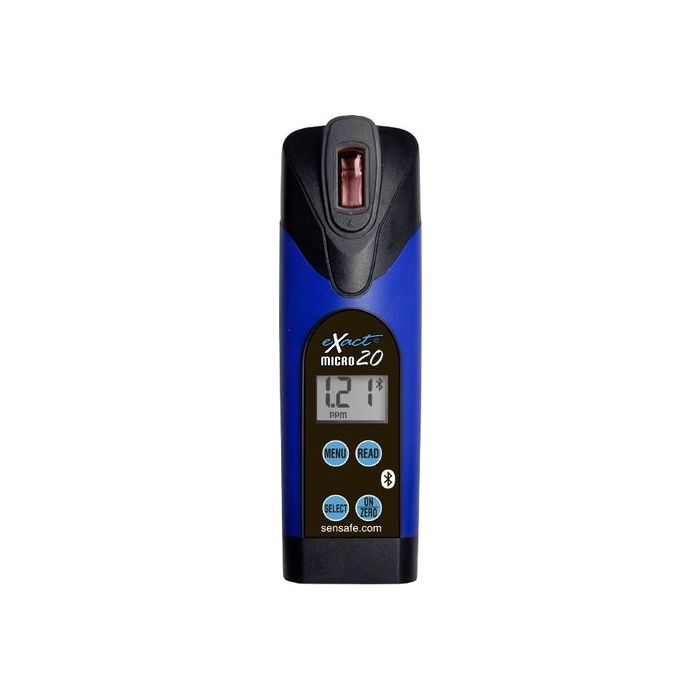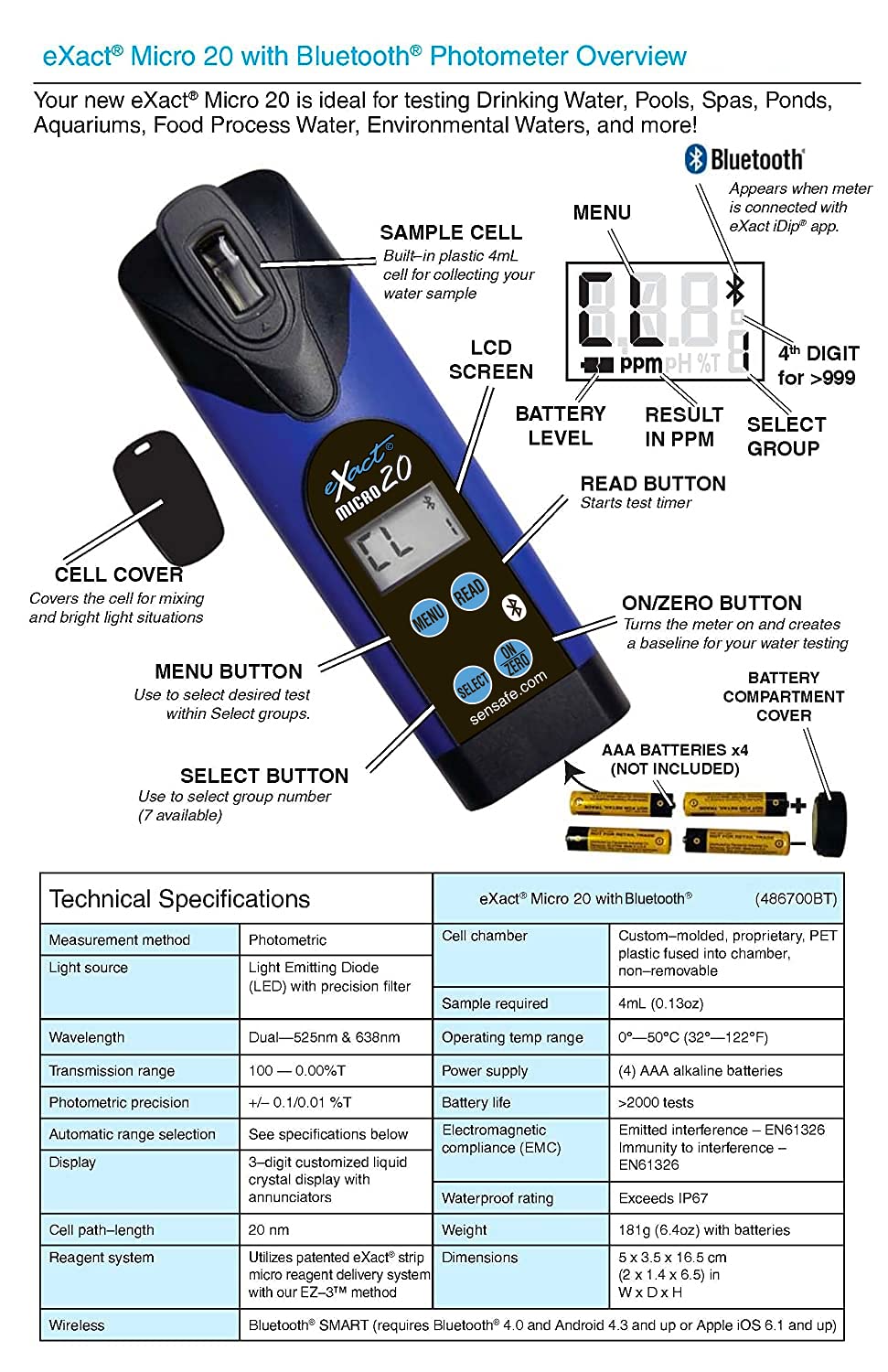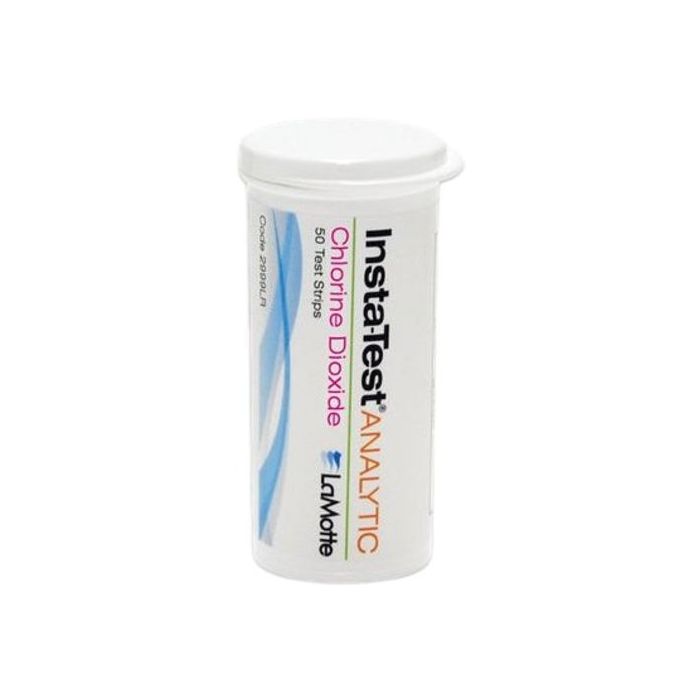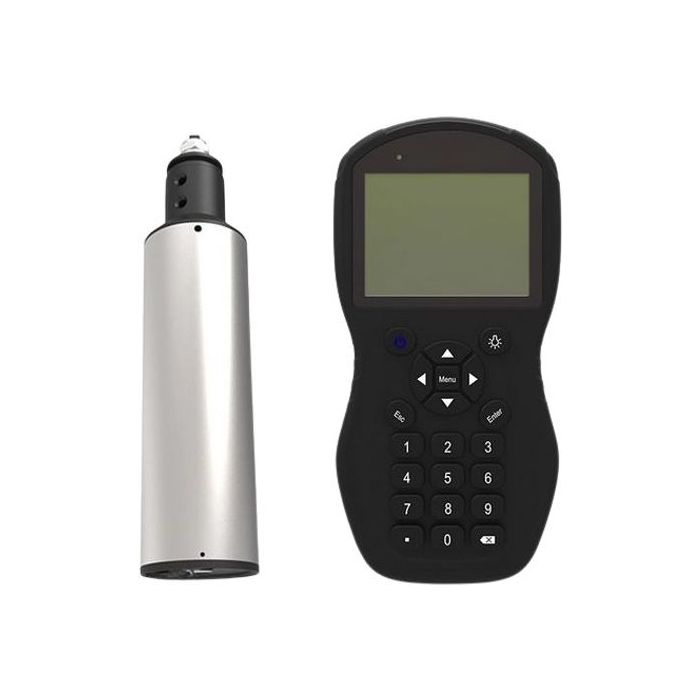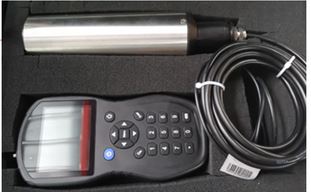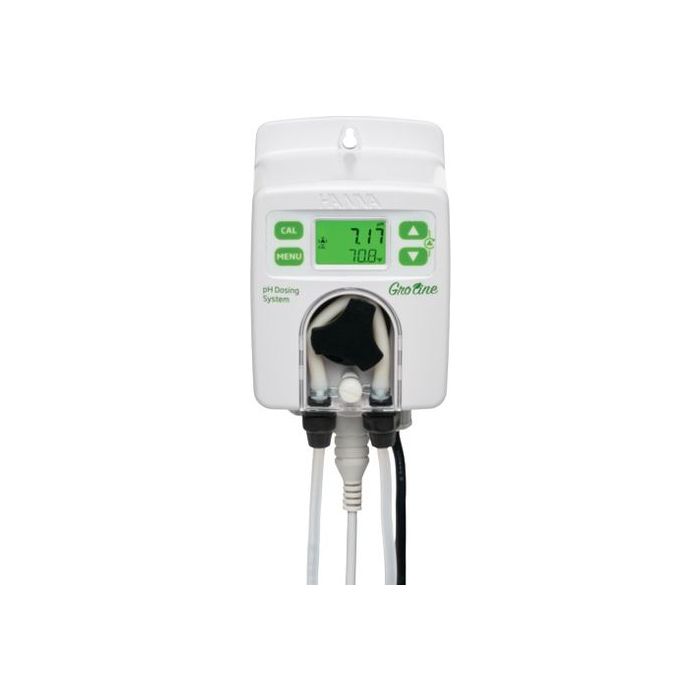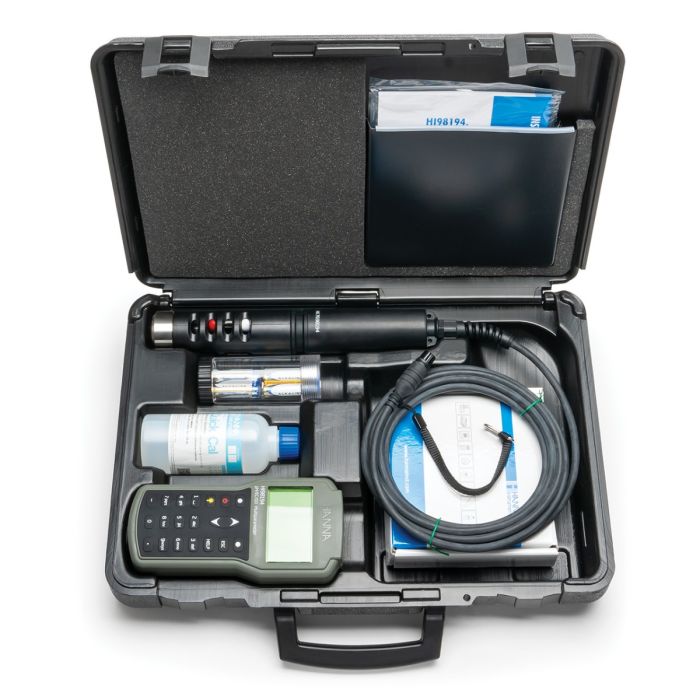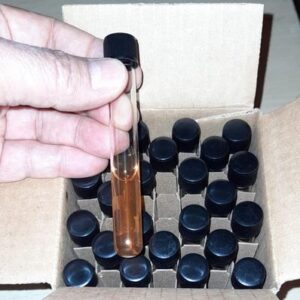Ozone in water meter
R9,000.00 Excl. VAT
Dissolved Ozone (O3) meter. This pen type portable meter measures ozone up to 10.00mg/L in water. It is calibrated against a known ozone level such as determined by the ozone DPD chemical method.
- Description
- Additional information
- Calibration video
- User manual
Description
Dissolved Ozone (O3) Meter Tester
This pen type pocket handheld portable meter with simple operation measures op to 10.00mg/L in water. The unit requires calibration against a known ozone concentration, such as a DPD ozone meter. If you do not have access to such a tool then you also need to purchase the Hanna HI38054 ozone chemical test kit as the calibration tool. The below tab also shows calibration against ORP, but this is less precise due to various water quality parameters.
A revolutionary way to instantly get dissolved ozone values by using tri-electroded method measuring technology. This delivers results faster and accurately, matching up to DPD results, without any reagent needed. The DOZ30 in your pocket is a smart tool to measure dissolved ozone.
The meter requires 1 x AAA battery (not included).
Ozone meter specification
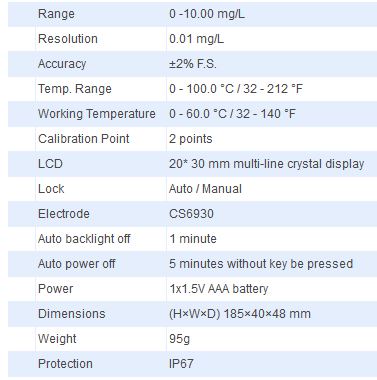
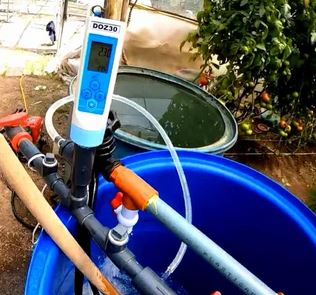
PVC fittings needed to install as an inline meter
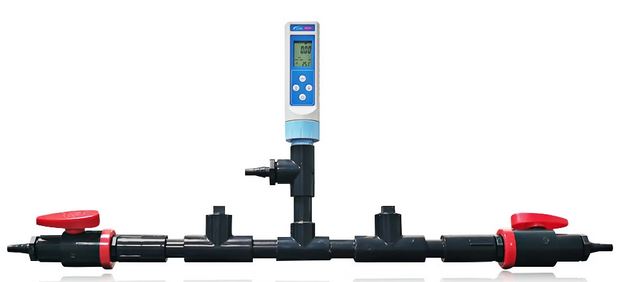
Additional information
| Weight | 1 kg |
|---|---|
| Dimensions | 30 × 20 × 20 cm |
Calibration video
Ozone meter user manual
Table of ORP to ozone
Ozone level in clean water without chlorine and bromine to interfere can be correlated with ORP.
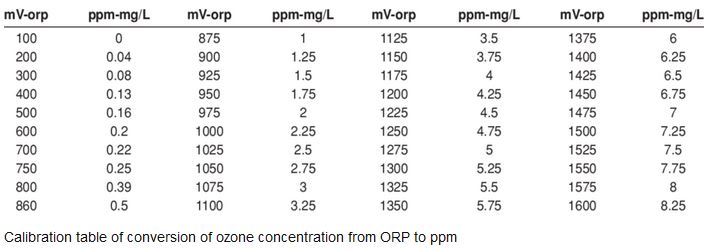
Source :https://www.researchgate.net/figure/Calibration-table-of-conversion-of-ozone-concentration-from-ORP-to-ppm_tbl1_312454837
If I have clean water with no chlorine or bromines, can I calibrate an ozone sensor against a published take of correlation between ORP level and ozone level or will the DPD chemical test method be more precise?
No, calibrating an ozone sensor with a published table of correlation between ORP (Oxidation Reduction Potential) level and ozone level in clean water won’t be as precise as the DPD (N,N-Diethyl-p-phenylenediamine) chemical test method. Here’s why:
- Indirect Measurement: ORP measures the overall oxidizing capacity of water, not specifically ozone. Other oxidizers in the water can affect the ORP reading, leading to inaccurate ozone concentration estimation.
- Published Correlations: Published tables are general and may not consider the specific conditions of your water, such as pH and temperature. These factors can influence the relationship between ORP and ozone.
The DPD test is a direct measurement specifically for ozone. It uses a colorimetric reaction to determine the ozone concentration in the water. This method is more reliable and provides a more accurate ozone reading.
Here’s a quick comparison:
| Method | Measurement | Advantages | Disadvantages |
|---|---|---|---|
| ORP Correlation | Oxidation capacity | Convenient, no chemicals | Indirect measurement, influenced by other oxidizers |
| DPD Chemical Test | Ozone concentration | Direct measurement, specific to ozone | Requires chemicals, manual steps |
For accurate ozone sensor calibration, the DPD chemical test method is the recommended approach.


